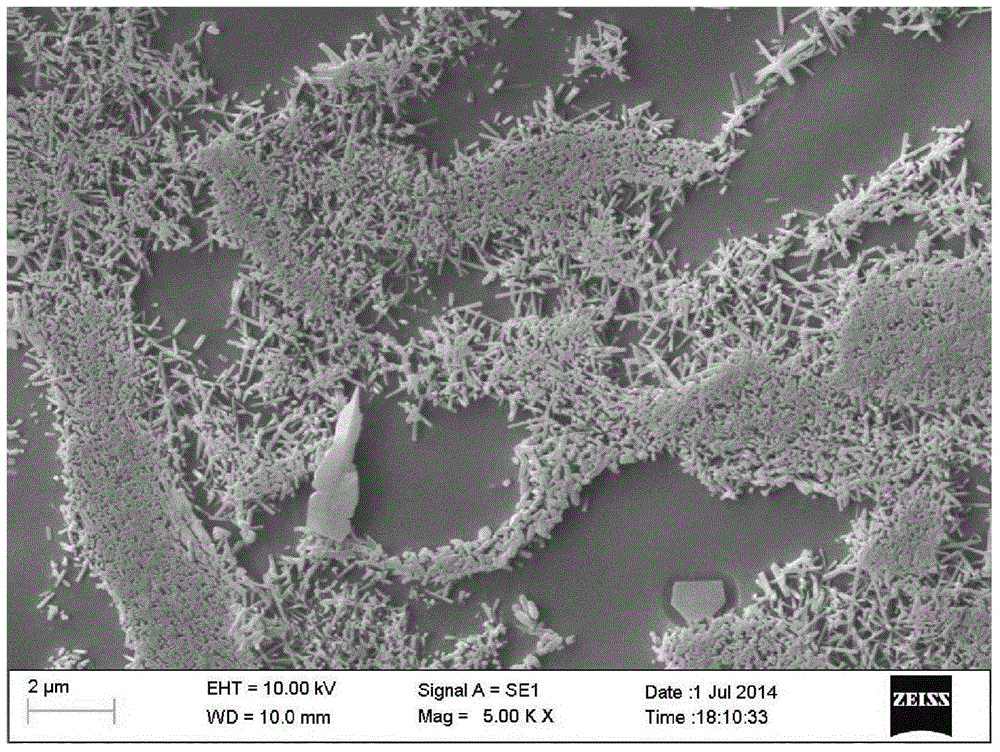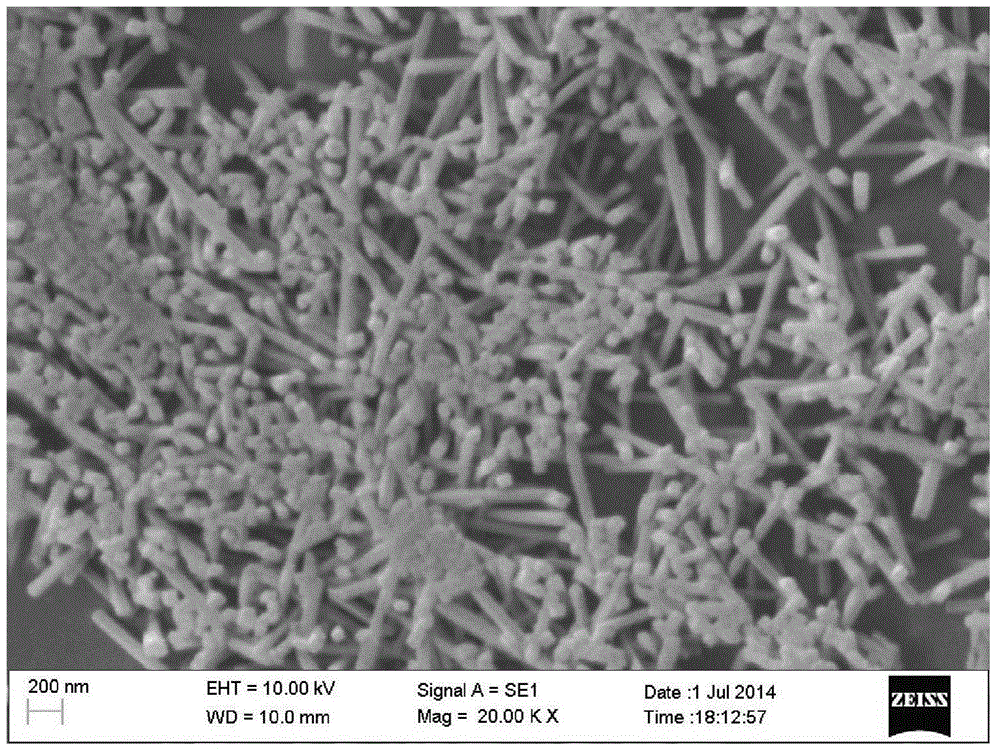Method for manufacturing high-tenacity ceramics through tricalcium phosphate
A technology of tricalcium phosphate and high toughness, applied in the field of ceramic industry, can solve the problems of product performance improvement, reduction of high-quality raw materials, high firing temperature, etc., to reduce the generation of microcracks, change physical and chemical properties, and improve impact resistance The effect of toughness
- Summary
- Abstract
- Description
- Claims
- Application Information
AI Technical Summary
Problems solved by technology
Method used
Image
Examples
Embodiment 1
[0032] A method utilizing tricalcium phosphate to prepare high-toughness ceramics, comprising the steps of:
[0033] (1) In terms of weight percentage, 15% of tricalcium phosphate and 85% of ceramic blank (see Table 1 for chemical composition) are mixed, and the mixed grinding is uniformly obtained in the mode of wet ball milling; in wet ball milling, balls, The mass ratio of mixed material and water is: grinding ball: mixed material: water=1.2:1:0.8, and the ball milling time is 2h;
[0034] (2) Pass the slurry in step (1) through a 100-mesh sieve, dry it at 100°C for 24 hours, grind it into powder, pass it through a 100-mesh sieve, dry-press, hold the pressure at 15 MPa for 1 minute to obtain a ceramic green body;
[0035] (3) firing the ceramic green body in a kiln, controlling the firing temperature to be 1180° C., and holding time for 60 minutes to obtain a ceramic sample;
[0036] Table 1 Ceramic blank chemical composition (wt%)
[0037] components
SiO 2 ...
Embodiment 2
[0046] A method utilizing tricalcium phosphate to prepare high-toughness ceramics, comprising the steps of:
[0047] (1) In terms of weight percentage, mix 10% of tricalcium phosphate and 90% of ceramic blank (see Table 2 for chemical composition), and mix and grind uniformly to obtain slurry in the mode of wet ball milling; in wet ball milling, balls, The mass ratio of mixed material and water is: grinding ball: mixed material: water=1.2:1:0.8, and the ball milling time is 2h;
[0048] (2) Pass the slurry in step (1) through a 100-mesh sieve, dry it at 100°C for 24 hours, grind it into powder, pass it through a 100-mesh sieve, dry-press, hold the pressure at 15 MPa for 1 minute to obtain a ceramic green body;
[0049] (3) firing the ceramic green body in a kiln, controlling the firing temperature to be 1200°C, and holding time for 70 minutes to obtain a ceramic sample;
[0050] Table 2 Ceramic blank chemical composition (wt%)
[0051] components
[0052] The sinte...
Embodiment 3
[0054] A method utilizing tricalcium phosphate to prepare high-toughness ceramics, comprising the steps of:
[0055] (1) In terms of weight percentage, 7% of tricalcium phosphate and 93% of ceramic blank (see Table 3 for chemical composition) are mixed, and the slurry is uniformly mixed and ground in the mode of wet ball milling; in wet ball milling, balls, The mass ratio of mixed material and water is: grinding ball: mixed material: water=1.2:1:0.8, and the ball milling time is 2h;
[0056] (2) Pass the slurry in step (1) through a 100-mesh sieve, dry it at 100°C for 24 hours, grind it into powder, pass it through a 100-mesh sieve, dry-press, hold the pressure at 15 MPa for 1 minute to obtain a ceramic green body;
[0057] (3) firing the ceramic green body in a kiln, controlling the firing temperature to be 1240° C., and holding time for 80 minutes to obtain a ceramic sample;
[0058] Table 3 Ceramic blank chemical composition (wt%)
[0059] components
[0060] Th...
PUM
| Property | Measurement | Unit |
|---|---|---|
| impact strength | aaaaa | aaaaa |
| impact strength | aaaaa | aaaaa |
| impact strength | aaaaa | aaaaa |
Abstract
Description
Claims
Application Information
 Login to View More
Login to View More - R&D
- Intellectual Property
- Life Sciences
- Materials
- Tech Scout
- Unparalleled Data Quality
- Higher Quality Content
- 60% Fewer Hallucinations
Browse by: Latest US Patents, China's latest patents, Technical Efficacy Thesaurus, Application Domain, Technology Topic, Popular Technical Reports.
© 2025 PatSnap. All rights reserved.Legal|Privacy policy|Modern Slavery Act Transparency Statement|Sitemap|About US| Contact US: help@patsnap.com



